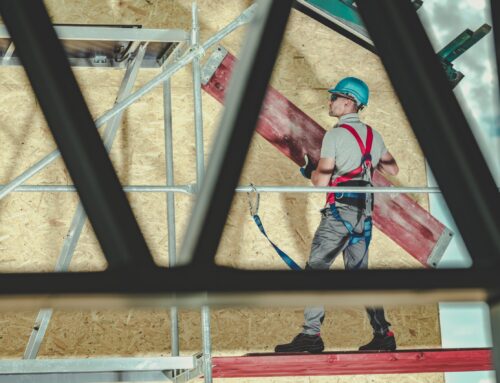It is often said that young workers are prone to taking risks, on the job and otherwise, out of a sense of feeling invincible. But research suggests that actually might not be the case, according to a study. Researchers have identified several workplace and worker characteristics that can lead to injuries, especially among young workers.
Workplace characteristics include:
Insufficient training: Many young workers do not receive adequate orientation and training for their jobs. One study found that just 20 percent of young workers receive any safety training within their first year on the job.
Insufficient resources: Many young workers are employed by smaller businesses that have limited resources for safety equipment and limited occupational health and safety knowledge.
Low social cohesion: Having more part-time and temporary employees in a workplace may lead to a weak safety culture and to poorer safety education and training. These things, in turn, reduce workers’ ability to gain site-specific knowledge and skills, creating an environment where they are “new on the job” for longer.
The social and economic context of a geographic region: Areas with a greater proportion of small workplaces—most notably, affluent rural areas—are associated with lower numbers of worker injuries.
Perceived work overload: Researchers found that the risk of injury on the job steadily increases as workers become more overwhelmed. When workers feel pressured to do their jobs more quickly, they spend less time thinking about safety.
Here are some worker characteristics that can elevate one’s risk for injury:
A “part of the job” mentality: Some young workers consider minor injuries to be part of the job, because they happen often and are not severe. For example, young manufacturing industry workers might consider regular aches and pains to be a normal part of the job, while food services workers might become accustomed to minor burns at work.
Intimidation: Young workers may feel shy or intimidated about voicing any health or safety concerns. They may also feel powerless to change the organization or conditions of their work, because they do not perceive themselves as being important.
Newness: Being a novice on the job, including being unfamiliar with work procedures and hazards, puts a young worker at increased risk for injury.
Fear of losing a good position: If workers fear retribution or loss of work for seeking safe work practices or equipment, they may put greater emphasis on productivity or other job performance considerations than on safety. They also may try to hide minor injuries from management.
Physical development factors: While young workers may appear to be physically well developed as adolescents, they may lack full adult decision-making and thinking abilities needed to make wise work safety judgments. Young workers may not be aware of workplace hazards, or they may assess them differently, which can lead to unpreparedness and risky work behaviors that increase injury rates. Also, young workers may risk strain injuries from working in awkward postures, performing repetitive motions, or because of ergonomic mismatches between them and machinery/equipment they must use.
Finally, here are a couple of myths about young workers:
Perception of risk taking: Popular views tend to attribute young worker injuries to risky behavior and age-related feelings of invulnerability.
Age, gender and personality: Researchers have found that personal factors such as age, gender and personality—which are normally blamed for risk-taking behavior—are not necessarily associated with higher injury rates. In fact, job and workplace factors, such as working with more hazards, perceived work overload, lack of training, and insufficient supervision, are more directly linked to incidents and injuries.






